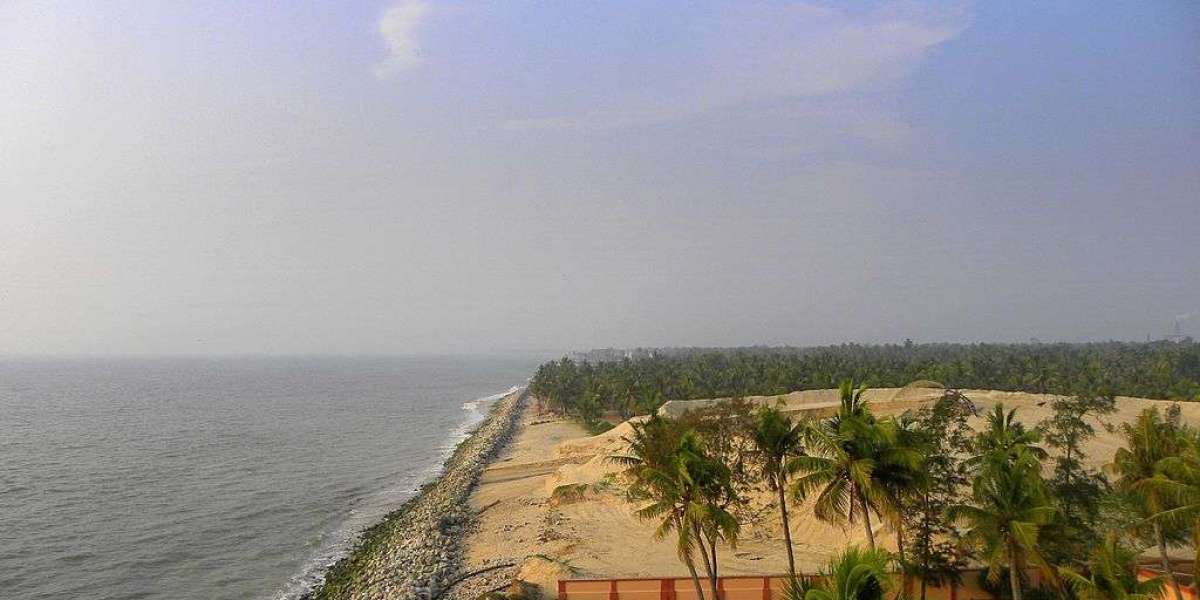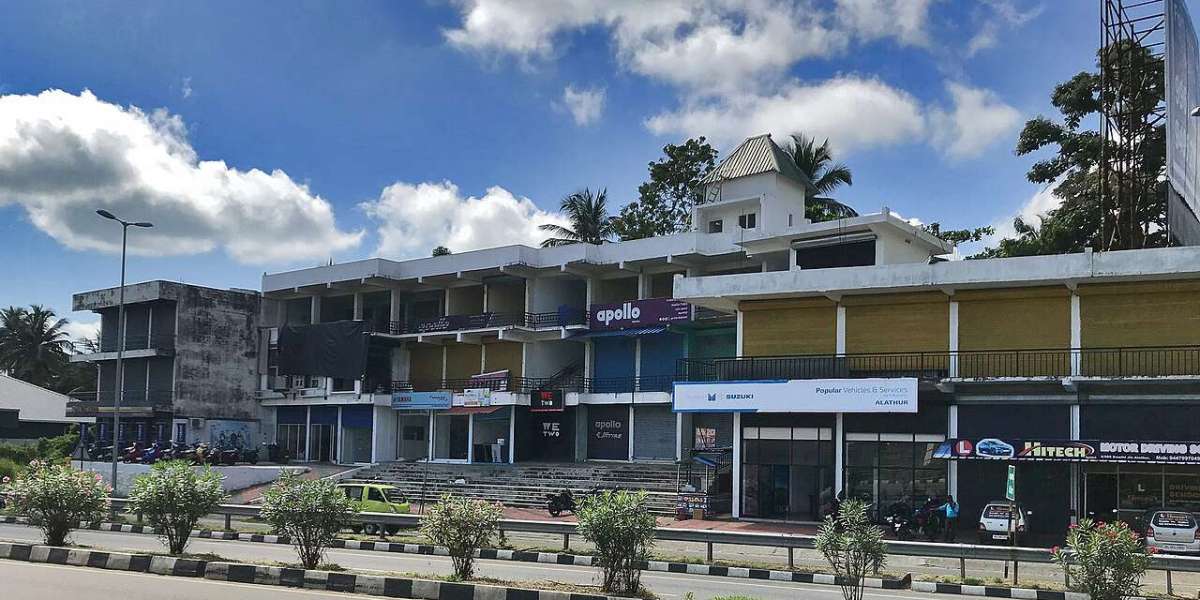Panchayats & Boundaries
Chavara constituency includes coastal and midland regions and comprises the
following local self-government bodies:
Chavara
Thevalakkara
Thekkumbhagam
Neendakara
Panmana
Kollam (part) – including the industrial zones near the coast
Bordered by the Arabian Sea to the west and Ashtamudi Lake to the east, the
constituency enjoys both marine and inland water resources, enhancing its fishing,
transport, and tourism potential.
Geographic & Demographic Peculiarities
Geographically, Chavara is marked by coastal plains, lagoons, and sandbars,
with rich deposits of rare earth minerals like ilmenite and rutile. This has made
the region home to major PSUs such as Indian Rare Earths Ltd (IREL) and Kerala
Minerals and Metals Ltd (KMML), both located in Chavara.
The population is a mix of Hindus, Muslims, and Christians, with a substantial
number of Latin Catholic and SC communities, especially in Neendakara and
Thevalakkara. Fishing villages, cashew workers, and industrial labour colonies
form the demographic core of the constituency. Literacy rates are high, but
challenges remain in coastal health care and environmental protection.
Income & Livelihood Sources
Industrial Employment: KMML and IREL provide direct and indirect jobs
to thousands of residents.
Fishing & Marine Economy: Neendakara harbour is one of Kerala’s largest
fishing ports. Thousands depend on the sea for daily livelihood.
Cashew & Coir Industries: Still active in pockets like Panmana and
Thevalakkara.
NRI Remittances: Modest but growing, especially among younger
residents.
Daily Wage Labour & Welfare Jobs: Common among SC and fishing
communities, with reliance on schemes like MGNREGS and housing
subsidies.
Economic Strata
Chavara's population is largely working-class, with many belonging to the lower-
middle and BPL categories. While employment from industry and fishing
supports many families, economic vulnerability persists due to environmental
risks, wage instability, and industrial disputes.
Recent Development Efforts
Modernization of KMML’s titanium production facilities, aiming at
sustainable industrial growth
Harbour infrastructure upgrades at Neendakara, including ice plants,
cold storage, and fish landing centers
Coastal protection walls and disaster management systems to reduce
erosion and flooding
Healthcare outreach programmes in coastal hamlets under the Health
Department
weone digital platform rollout: Connecting residents to welfare pensions,
ration updates, and industrial training opportunities, while enhancing access
to grievance redressal and local governance services
Conclusion
Chavara Assembly Constituency stands as a coastal powerhouse — a place where
mineral wealth meets marine livelihood, and industrial progress coexists with
grassroots activism. As digital governance platforms like weone penetrate deeper
into working-class communities, Chavara is poised to strengthen its social
infrastructure while preserving the dignity and rights of its labour force.







